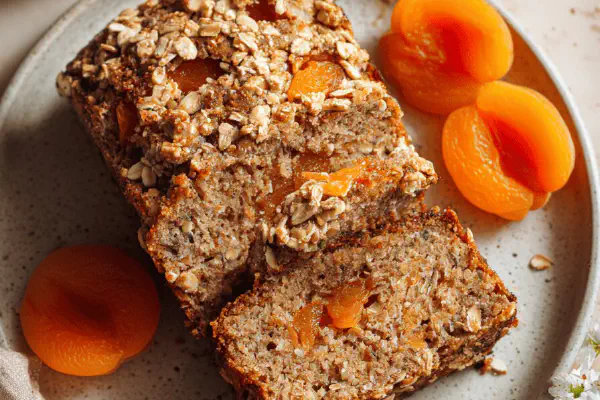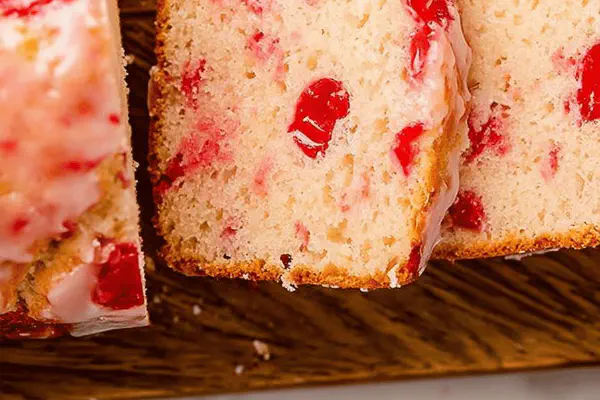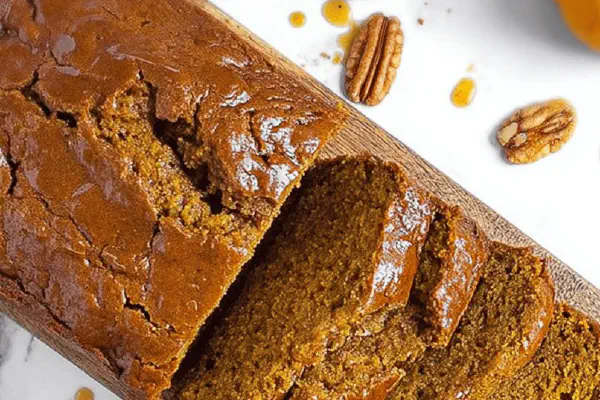Tangy Yogurt Flatbread

E
By Emma
Certified Culinary Professional
•
Recipe tested & approved
Shifts classic 2-ingredient dough with 1 2/3 cups self-rising flour swapped for a mix of 1 cup self-rising and 2/3 cup whole wheat flour. Greek yogurt subbed with labneh for tang and moisture. Kneading is crucial—sticky means add flour; dough should be tacky but not offensive. Resting 25-35 minutes lets flour hydrate, crucial for elasticity. Uses include pan-frying or baking. Tactile cues like spring-back and sheen guide readiness rather than clock. Adaptable for savory or sweet finishes. Smells mildly yeasty, slightly sour milk. Cook time varies per use. Little flour on surface prevents sticking but avoid dusting too much, kills tenderness. Tried roasting with za’atar—aroma steals the show. Cracks or dryness means under-hydrated dough or over-floured. Handles folds better after brief rest post-knead. Practical, frustration-busting bread hack.
Prep:
5 min
Cook:
10 min
Total:
35 min
Servings:
1 serving
#flatbread
#labneh
#whole wheat
#fusion
#quick bread
#pan-fry
#baking
Been down this dough path many times. Always messing around with flour types. Self-rising? Sure, but I like mixing in whole wheat for heft and flavor punch. Yogurt? Not just any Greek—grab labneh if you can, gives a richer tang and smoother texture. Sticky dough scares rookies, but it’s about the right tackiness. Resting dough isn’t lazy time; it does magic. Hydrates, relaxes gluten, stops tears when rolling or shaping. Trust your fingers more than timers. Bubbling dough on a hot pan, smell of toasted wheat, little crackle when touching crust — these signs outshine minutes counted on clocks. This recipe’s deceptively simple, but mastery requires payoffs in sensory skills and confidence with dough’s mood swings. Once nailed, easy utility base for flatbreads, stuffed pockets, or pizza makeshift.
Ingredients
- 1 cup self-rising flour
- 2/3 cup whole wheat flour
- 1 cup labneh (strained yogurt)
About the ingredients
Labneh—a creamy, tangy strained yogurt—adds moisture and richer flavor over plain Greek style. If unavailable, blend equal parts Greek yogurt and sour cream or use thick creme fraiche. Flour swap is intentional; whole wheat offers nuttiness and chew, but don’t overdo, dough turns heavy and dry if too much added. Self-rising flour provides leavening, so no baking powder needed. If only all-purpose, add 1 tsp baking powder per cup to mimic. Resting dough is vital; skips this and chopping into it leads to tough texture and cracks. Tactile balance key — sticky to touch but clean fingers, no dough clumping onto nails. Flour surface lightly but no heaps — starchy dust kills softness.
Method
- Mix flours in medium bowl until combined; crumbly at first.
- Add labneh gradually; fold with spoon then switch to hand.
- Cover with damp cloth; let rest 25 to 35 minutes in fridge or cool spot.
- Floured surface; turn dough out and knead gently 5 to 6 times.
- If sticky, dust with flour sparingly. Dough should be soft, springy, tacky — not sticky enough to stick to fingers excessively.
- Shape dough per need — flat for skillet, rounds for oven bake.
- Listen for slight sizzle when pan frying; golden spots appear, bubbles erupt—tip for readiness.
- Crusting edges and slight puff means internal steam formed; perfect texture start.
- If dough cracks when shaping, rest another 10 mins; gluten relaxed.
- Store leftovers tightly wrapped; stale dough gets tough quickly.
Cooking tips
Combining dry then wet ingredients prevents lumps and eases mixing. Labneh binds better than plain yogurt, reducing stickiness problems. Resting covered dough allows hydration and gluten relaxation, essential for soft chew. On floured surface, kneading 5 to 6 presses builds strength without overworking. Sticky dough calls for flour adjustment but beware adding too much or bread becomes dense. Shape however you want but do it gently; coarse handling gives cracks. Cooking signals — sizzling sound, bubbling pockets, golden brown spots — tell when external heat penetrates sufficiently. Overcooked flatbreads become stiff and dry, so watch the edges and smell for toasted notes to pull early if necessary. Leftover dough keeps well when wrapped airtight in fridge for up to 2 days but use soon, dries fast.
Chef's notes
- 💡 Knead dough gently 5 to 6 times on floured surface; don’t overwork or it toughens. Stickiness means add flour sparingly, dust only. Dough tacky, springy, not sticky on fingers is spot-on for shaping.
- 💡 Rest dough covered 25 to 35 minutes in cool spot; hydration happens, gluten relaxes. Skipping rest leads to cracking during shaping, tough texture. If cracking appears, add another 10 minute break; dough softens again.
- 💡 Use labneh or thick strained yogurt. Plain Greek yogurt lacks tang and moisture depth. If labneh missing, blend Greek yogurt with sour cream or creme fraiche to mimic texture and flavor.
- 💡 For flour swap, whole wheat adds chew and nuttiness but overwhelms if too much. Balance with self-rising flour to keep airiness. All-purpose flour needs 1 tsp baking powder per cup to replace self-rising effect.
- 💡 Cooking cues over timers. Listen for slight sizzle when dough hits hot pan. Look for golden spots, bubbling blisters rising. Aroma shifts to slightly toasted wheat. Edges puff and firm—time to flip or remove.
Common questions
Why mix flours?
Whole wheat adds flavor, chew. Self-rising gives lift with leavening. More whole wheat makes dough heavier. Adjust ratios to avoid dryness or toughness.
How to fix sticky dough?
Add flour little by little. Too much kills softness, so dust surface only. Labneh amount affects moisture. Very sticky dough means less liquid or more flour next time.
Can I bake instead of pan-fry?
Yes, shape rounds, bake at medium-high. Watch signs—bubbling, puffing edges, golden color. Oven times vary. No sizzle, use visual, aroma cues instead.
How keep leftovers fresh?
Wrap tightly airtight, fridge up to 2 days. Freeze if longer. Use soon after thaw, stale dough gets tough fast. Reheat gently to keep some softness intact.



